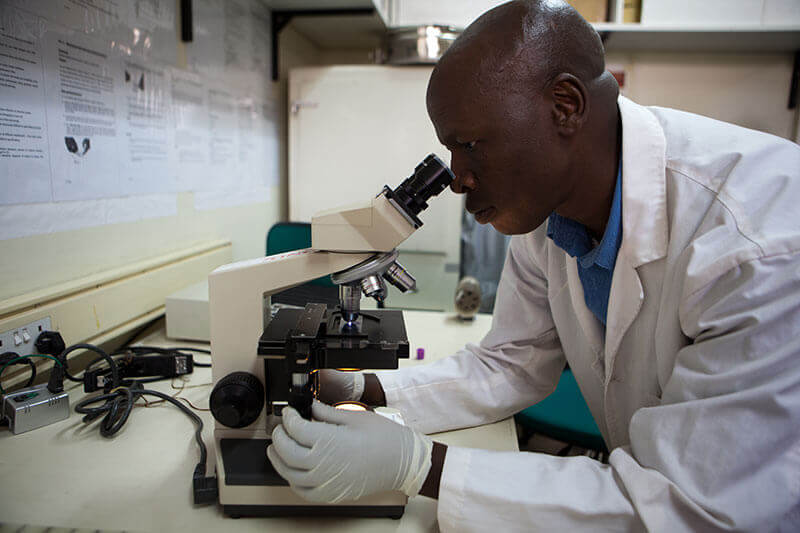Ashley BennettGHTC
Ashley Bennett is a Policy and Advocacy Officer at GHTC.
Earlier this week, both the House and Senate passed a budget package to fund the government through the remainder of fiscal year (FY) 2013, thereby averting a government shutdown when current funding expires on March 27. The new compromise funds most accounts roughly at FY2012 levels, with an across the board cut of 0.092 percent. As a reference, the Centers for Disease Control and Prevention's Center for Global Health budget was $349 million in FY2012, while the National Institutes of Health was funded at $30.69 billion. In addition, global health programs at the State Department and US Agency for International Development (USAID) were funded at $8.167 billion.
The budget package also makes some key changes to certain programs. For instance, global health programs at the State Department and at USAID, including those that fund global health research and development (R&D) initiatives, are increased over FY2012 levels by roughly 5 percent—potentially to counteract the effects of sequestration. The bill also gives greater flexibility to the Department of Defense to manage sequester cuts to its budget. It also leaves the sequester largely in place, instead of replacing it with balanced budget cuts, as many advocates in the global health community were hoping lawmakers would do. The bill now goes to President Obama’s desk, and he is expected to sign it.

If and when Obama signs the final FY2013 budget package into law, the funding levels will still be subject to sequestration—meaning that the final levels are really anywhere from 5 percent to 9 percent lower. For instance, USAID’s global health programs would see an overall cut of $193 million. While this is better than the $428 million cut it was facing before the Senate stepped in, it could still have a large impact on global health and R&D programs that fall under USAID.
The House also passed its version of an FY 2014 budget resolution, which would replace sequestration with budget caps for the next decade. The House resolution would move most of the budget cuts away from the Department of Defense and onto non-defense accounts, including most global health R&D programs, and would balance the budget over the long term. The Senate has introduced its own budget resolution, which could pass today or tomorrow. The Senate version is very different from the House version, as it would make balanced cuts to both defense and non-defense programs and protect non-defense programs from the drastic cuts seen in the House budget. The Senate version does not include a plan to balance the budget in the short- or long-term, but contains a significant reduction in spending over the next decade.
Although replacing sequestration with an actual budget plan is widely approved of, advocates for both domestic and global health programs believe that the House budget resolution would be devastating for key health and humanitarian programs. Therefore, as Congress makes decisions on FY2014 spending bills, lawmakers should use a balanced approach when allocating budget cuts (as seen in the Senate version), and increase support for global health and R&D when possible. Additionally, as agencies receive their final FY2013 budgets, they should ensure that global health and R&D programs are protected.